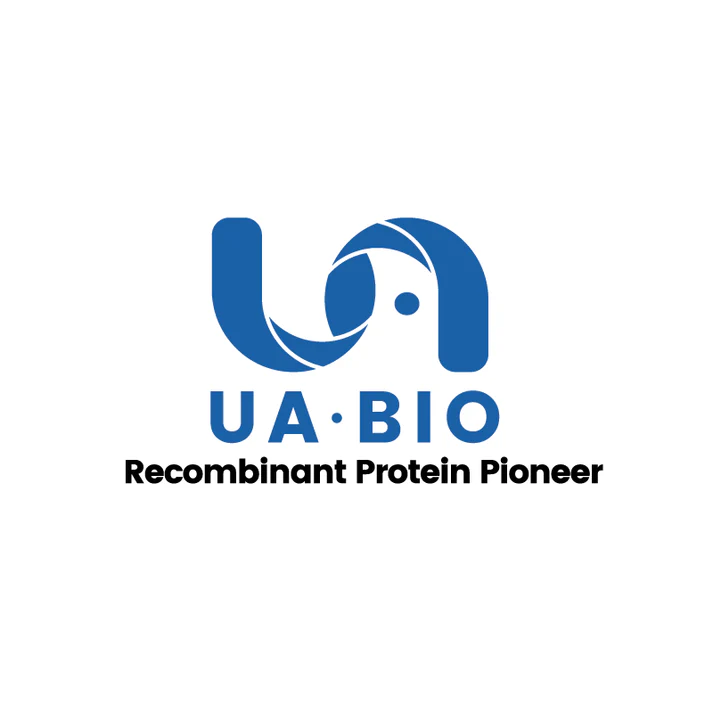Measured by the ability of the immobilized protein to support the adhesion of HEK293 human embryonic kidney cells. The EC50 for this effect is less than 0.5µg/mL.
Product Details
Product Details
Product Specification
| Species | Human |
| Synonyms | Osteopontin; OPN; Bone sialoprotein 1; Nephropontin; Secreted phosphoprotein 1 (SPP-1); Urinary stone protein; Uropontin; |
| Accession | P10451 |
| Amino Acid Sequence | Ile17-Asn314 |
| Expression System | HEK293 |
| Molecular Weight | 43 kDa (Reducing) |
| Purity | >95% by SDS-PAGE and HPLC. |
| Endotoxin | <0.1EU/μg |
| Conjugation | Unconjugated |
| Tag | No Tag |
| Physical Appearance | Lyophilized Powder |
| Storage Buffer | PBS, pH7.4 |
| Reconstitution | Reconstitute at 0.1-1 mg/ml according to the size in ultrapure water after rapid centrifugation. |
| Stability & Storage | ·12 months from date of receipt, lyophilized powder stored at -20 to -80℃. |
| Reference | Science. 2000 Feb 4;287(5454):860-4. |
Background
Osteopontin (OPN), also known as secreted phosphoprotein 1 (SPP1), is a multifunctional glycoprotein that is expressed in various tissues and cell types in humans. OPN plays a critical role in diverse biological processes, including bone remodeling, immune response, inflammation, and tissue repair. In the context of bone metabolism, OPN is involved in regulating osteoclast and osteoblast activity, as well as in the mineralization of bone matrix. OPN also functions as a cytokine and adhesive protein, mediating cell-cell and cell-matrix interactions, and modulating immune cell function and inflammatory responses. Dysregulation of OPN expression has been associated with various diseases, such as osteoporosis, cancer, and autoimmune disorders, highlighting the importance of OPN in physiological and pathological conditions.
Picture
Picture
Bioactivity
SDS-PAGE
2μg (R: reducing condition, N: non-reducing condition).
RP-HPLC
>95% as determined by RP-HPLC.


